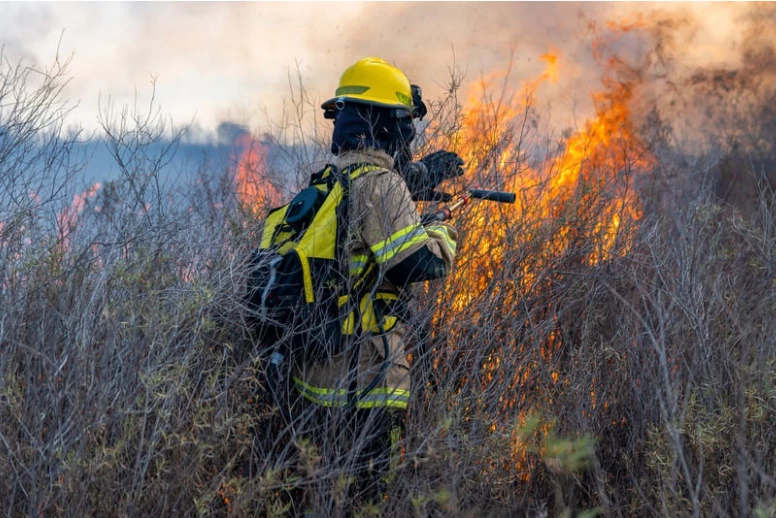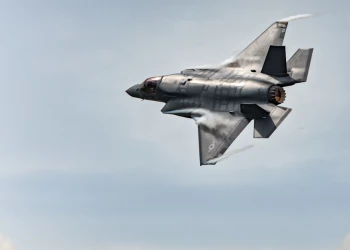Actionable Intelligence: How U.S. Forces can Stay One Step Ahead
Add bookmarkThe scaling back of operations in Afghanistan continues at a steady pace, but the risk of life-threatening attacks on U.S. forces remains a very real one.
Reducing the number of surprise encounters by increasing the availability and efficiency of actionable intelligence remains one of the top priorities for American troops that are still in the combat zone.
Broadly defined, actionable intelligence is all about having the necessary information immediately available in order to deal with the situation at hand.
[inlinead]
Small units typically do not have the capability to send or receive critical tactical intelligence in a dangerous environment.
With that in mind, the U.S. Army has set itself a tough target: By 2015, it aims through the use of actionable intelligence, to cut unanticipated threat encounters at the squad level by 25 percent.
To achieve this, military chiefs are actively seeking to select sensors, analytics and applications that can be demonstrated, evaluated, matured and transitioned between this year and FY 2015.
An intelligence effort being advanced by each of the military services is promoting more complete intelligence analysis.
Related: Actionable Intelligence: Getting Accurate Info to Decision Makers - Quickly
Each military service is developing its own version of the Distributed Common Ground System, a Defense Department-directed initiative to create a common framework for analyzing and sharing intelligence. Each system is worth roughly $2.3 billion.
The types of intelligence most critical to tactical operations can be broken down into the following areas:
Signal Intelligence: Exploiting an adversary’s use of the electromagnetic spectrum, which has been used to provide early warning of pending enemy attacks.
Geospatial Intelligence: Exploitation and analysis of imagery and geospatial information to describe, assess, and visually depict physical features and geographically referenced activities on the Earth.
Human Intelligence: Determining the capabilities, threat characteristics, vulnerabilities, and intentions of threat and potential threat forces. This involves screening, interrogation, debriefing, and liaison operations with friendly foreign militaries and intelligence services.
Measurement and Signature: derived from specific technical sensors for the purpose of identifying distinctive features associated with a target.
Many of the issues raised in this article will be discussed at IDGA’s Actionable Intelligence for Defense & Homeland Security event next month in Washington DC. For full details, visit www.ActionableIntelSummit.com









